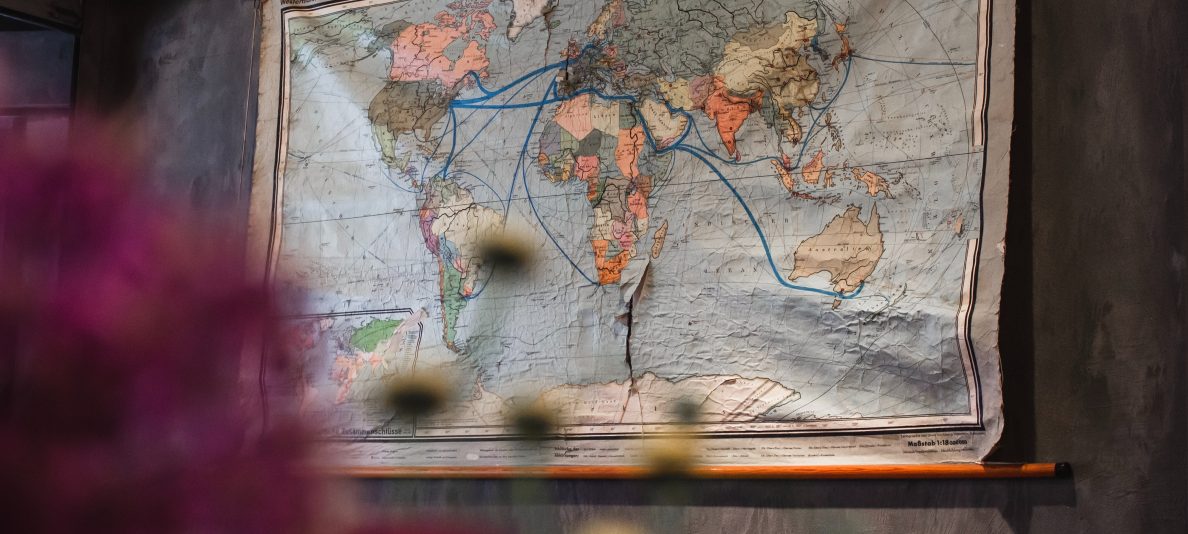 Since we’re all globally savvy, we could find all the countries on a world map, right? (Well, most of them . . . at least the big ones.) But could you locate the countries on a map arranged by culture? That’s the kind of map that the World Values Survey has produced, with each nation positioned along two axes: Traditional/Secular-rational and Survival/Self-expression. The result is a graphic on a square grid that puts like-minded countries into distinct groupings, like the stitched-together pieces of an abstract quilt.
Since we’re all globally savvy, we could find all the countries on a world map, right? (Well, most of them . . . at least the big ones.) But could you locate the countries on a map arranged by culture? That’s the kind of map that the World Values Survey has produced, with each nation positioned along two axes: Traditional/Secular-rational and Survival/Self-expression. The result is a graphic on a square grid that puts like-minded countries into distinct groupings, like the stitched-together pieces of an abstract quilt.
The Traditional/Secular-rational scale measures the importance placed on religion, while Survival/Self-expression distinguishes, in large part, between the haves and the have-nots, where the survival cultures are concerned with basic needs, and the self-expression cultures focus more on “subjective well-being” and “quality of life.”
The countries that sit closest to the four corners of the 2005-2008 map are
- Taiwan, Hong Kong, and Bulgaria: Secular-rational and Survival
- Zimbabwe and Morocco: Traditional and Survival
- Sweden: Secular-rational and Self-expression
- US and Ireland: Traditional and Self-expression
This more recent layout is interesting, but what makes it even more interesting is to see how it compares with the 1999-2004 map, showing the shifting of cultures over time.
Both maps are part of an article, “The WVS Culture Map of the World,” written by Ronald Inglehart and Christ Welzel. After explaining the survey findings, the authors go on to evaluate them as they relate to the development of democracy in societies around the globe, giving particular attention to the correlation between the move toward self-expression and, therefore, interpersonal trust:
This produces a culture of trust and tolerance, in which people place a relatively high value on individual freedom and self-expression, and have activist political orientations. These are precisely the attributes that the political culture literature defines as crucial to democracy.
This seems to be a basic theme of the World Values Survey organization. My guess is that not everyone across political and ideological spectrums agree with their conclusions. But their interpretation of the survey results are certainly thought provoking, especially in light of recent world events, such as the Arab Spring.
[photo: “Blue Mountain Center (September 2007),” by Sherri Lynn Wood, used under a Creative Commons license]

Hi! First let me say thanks for visiting my blog and by doing so introducing me to yours! This was a fascinating post — mostly because I never thought in terms of “mapping” culture in this way. I’m a member of a research group that focuses on “transculturation,” so my mind is spinning to find how I can work this in to my current project on globalization and class. Thank you!
LikeLike
Thanks for the kind words. Any time I can make someone’s mind spin in a good way, I count that as success.
LikeLike
I love the study of cultures and often write about them on my blog also. Thanks so much for this post. Absolutely fascinating!!!
LikeLike
Thanks for stopping by and commenting.
LikeLike